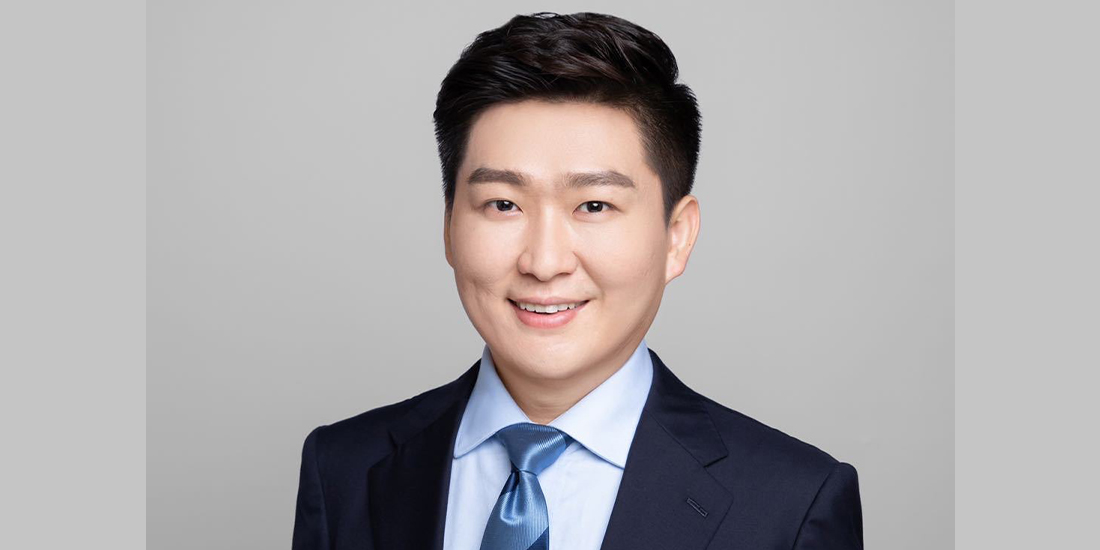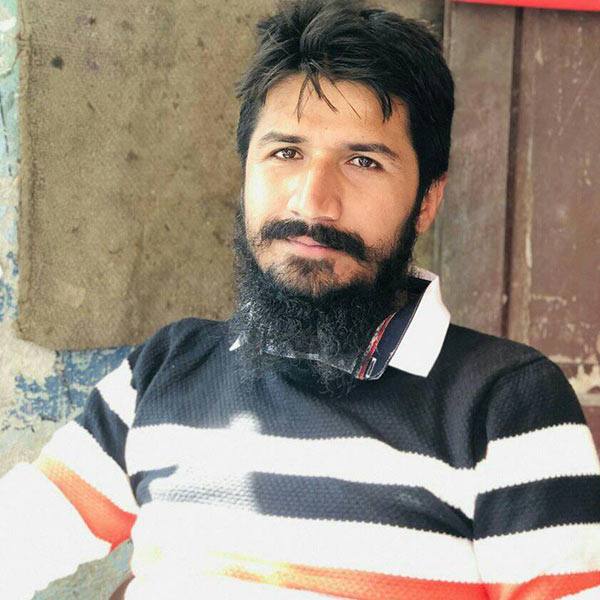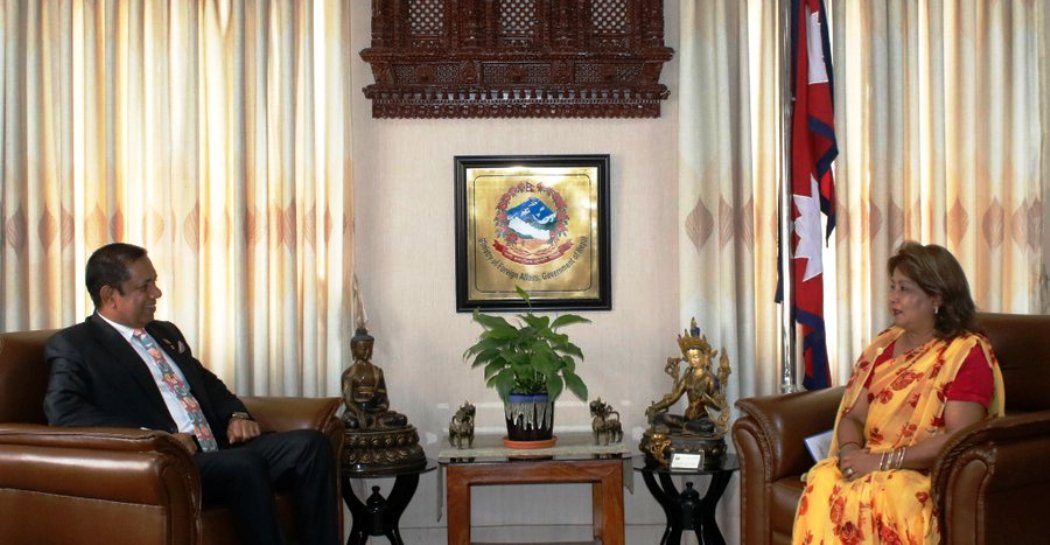Three questions on ‘Two Sessions’

KATHMANDU : China is again in the global headlines for its widely known ‘Two Sessions’, the annual gathering of China’s consultative and legislative bodies. Chinese People’s Political Consultative Conference (CPPCC) gathering began on March 4 and the National People’s Congress (NPC) on March 5. The two-week-long gathering is China’s apex gathering to form annual programs, policies, and the like. 3000 plus journalists from around the world are in Beijing to cover this mega event. However, journalists with no knowledge on Mandarin have to struggle to understand the nut graph of the event. Therefore, Nepal Press has talked with native Chinese journalist Shen Shiwei to gain some insights into the Two Sessions. A research fellow at Zhejiang Normal University and reporter plus columnist at CGTN, Shen Shiwei has answered three queries of Nepal Press.
Excerpts:
What are the priority areas of President Xi’s vision of new quality productive forces?
New quality productive forces are a pioneering concept proposed by Chinese leader with innovation playing the leading role, new quality productive forces mean advanced productivity that is freed from traditional economic growth mode and productivity development paths, features high-tech, high efficiency and high quality, and comes in line with the new development philosophy, Xi, also general secretary of the CPC Central Committee, said at the first group study session held by the Political Bureau of the Communist Party of China (CPC) Central Committee this year.
It features high technology, high efficiency and high quality, and aligns with the country’s new development philosophy. In practice, it aims to push forward a deeper integration of technological and industrial innovation, consolidate the leading position of traditional industries and accelerate the creation of strategically competitive emerging industry clusters.
What are the economic growth target and economic priorities of China in the upcoming year?
China has just set the 2024 GDP growth target at around 5 percent. This is an achievable goal with improved effort. That’s what I have heard from Zheng Shanjie, the head of China’s National Development and Reform Commission – the country’s top economic planning body – during the Two Sessions in Beijing. Actually, a 5 percent GDP expansion this year would still make China one of the fastest-growing major economies, faster than the IMF’s projected global growth rate of 3.1 percent or the forecast of 1.5 percent for advanced economies and 4.1 percent for emerging market and developing economies. Indeed, achieving the growth target will not be an easy task given the sheer size of the Chinese economy and a grim global environment. But China has prioritized scientific innovation-driven economic development. China’s Finance Ministry said it will continue to implement a structural reduction of taxes and fees and prioritize support for sci-tech innovation and manufacturing sectors. China’s issuance of ultra-long special treasury bonds in years to come is a major policy aimed at boosting investment and consumption while supporting long-term, high-quality development. It will be used for key technological innovation, urban-rural development, regional coordinated development, food security and high-quality population development.
What is the defense program? What about neighborhood policy in its overland and maritime bordering countries?
China announced a defense budget draft for 2024 worth 1.67 trillion yuan ($231.36 billion), an increase of 7.2 percent from the previous year. Compared with other major military powers like the U.S., China’s defense expenditure as a share of its GDP is at a low level. For years, China’s defense spending has generally accounted for only about 1.3 percent of the country’s GDP.
With the global security environment overall facing great instabilities, a strong Chinese military supported by a sufficient defense budget serves as a stabilizing factor, as it contributes to peace and stability. From a policy perspective, China’s national defense strategy is defensive in nature. China has repeatedly stressed that it will not participate in an arms race with any country, and China will take a path of peaceful development.















